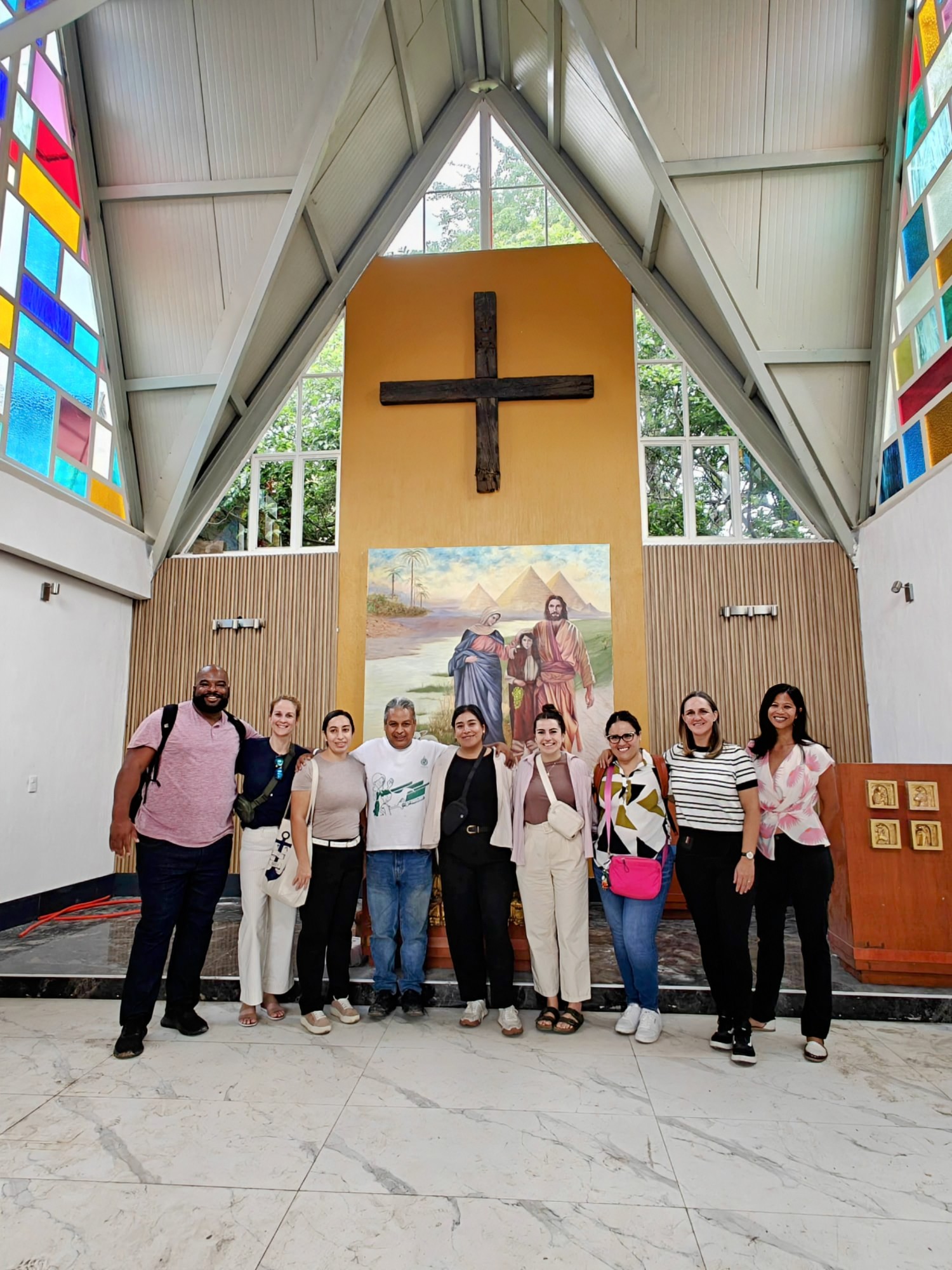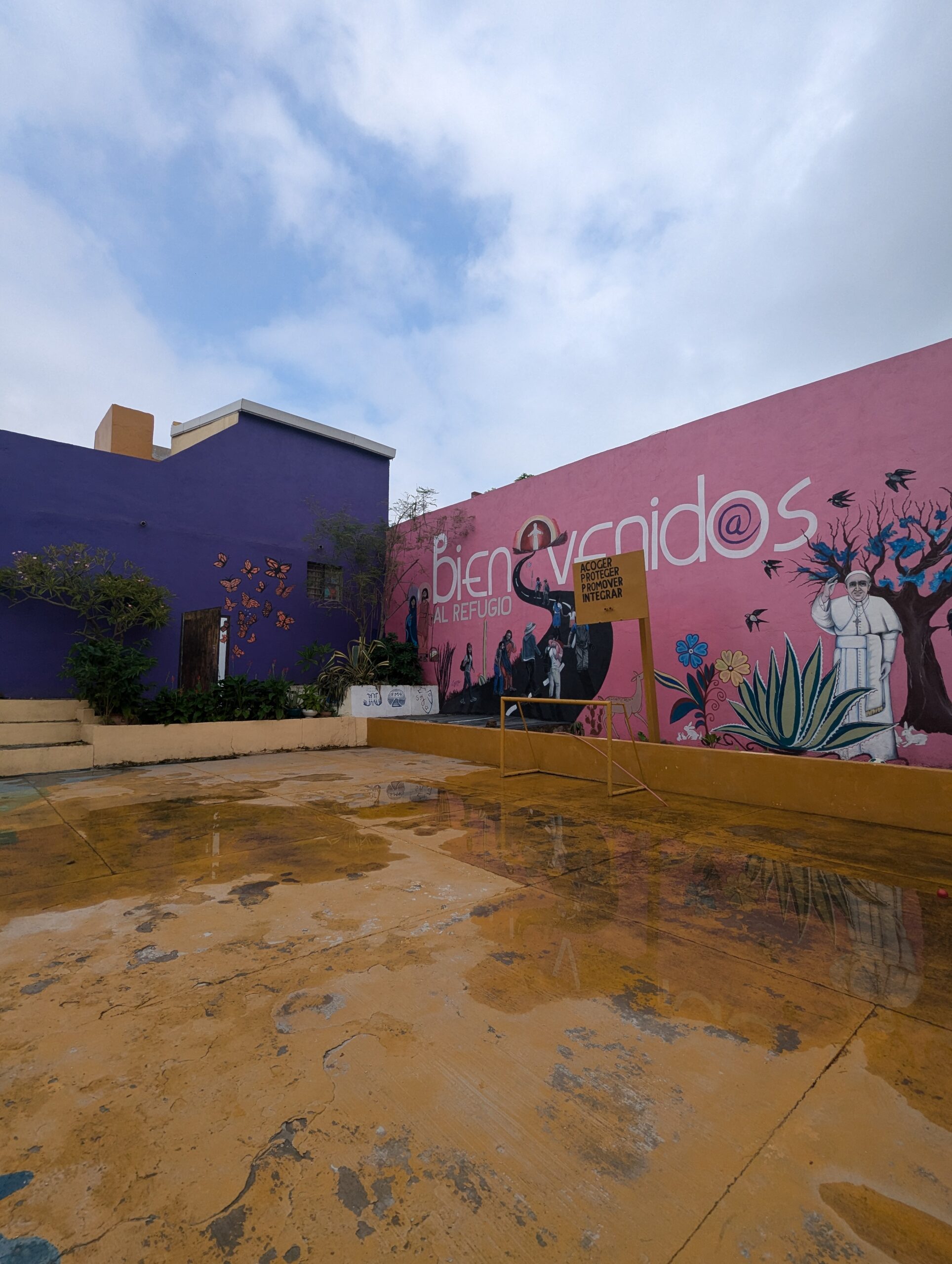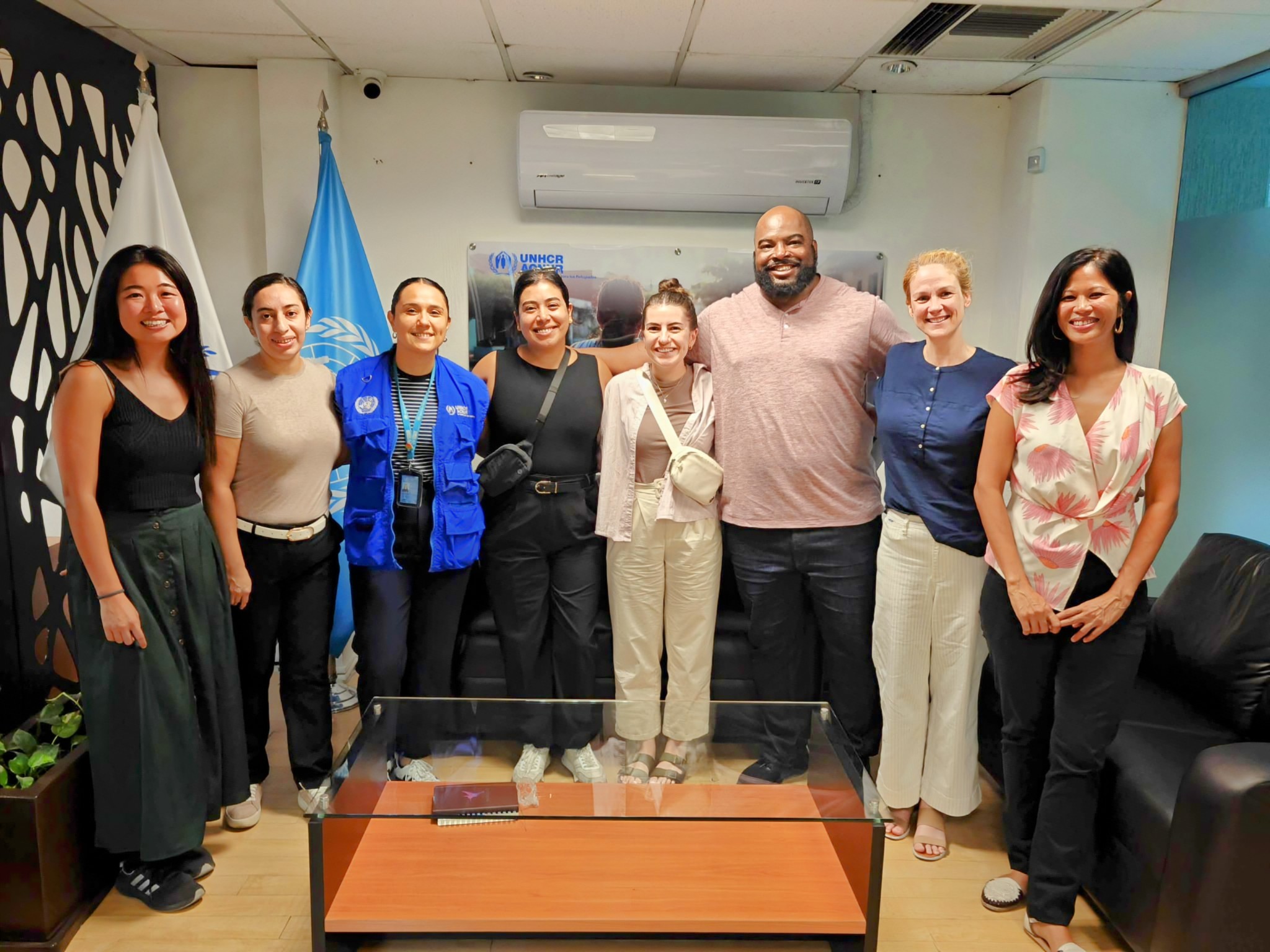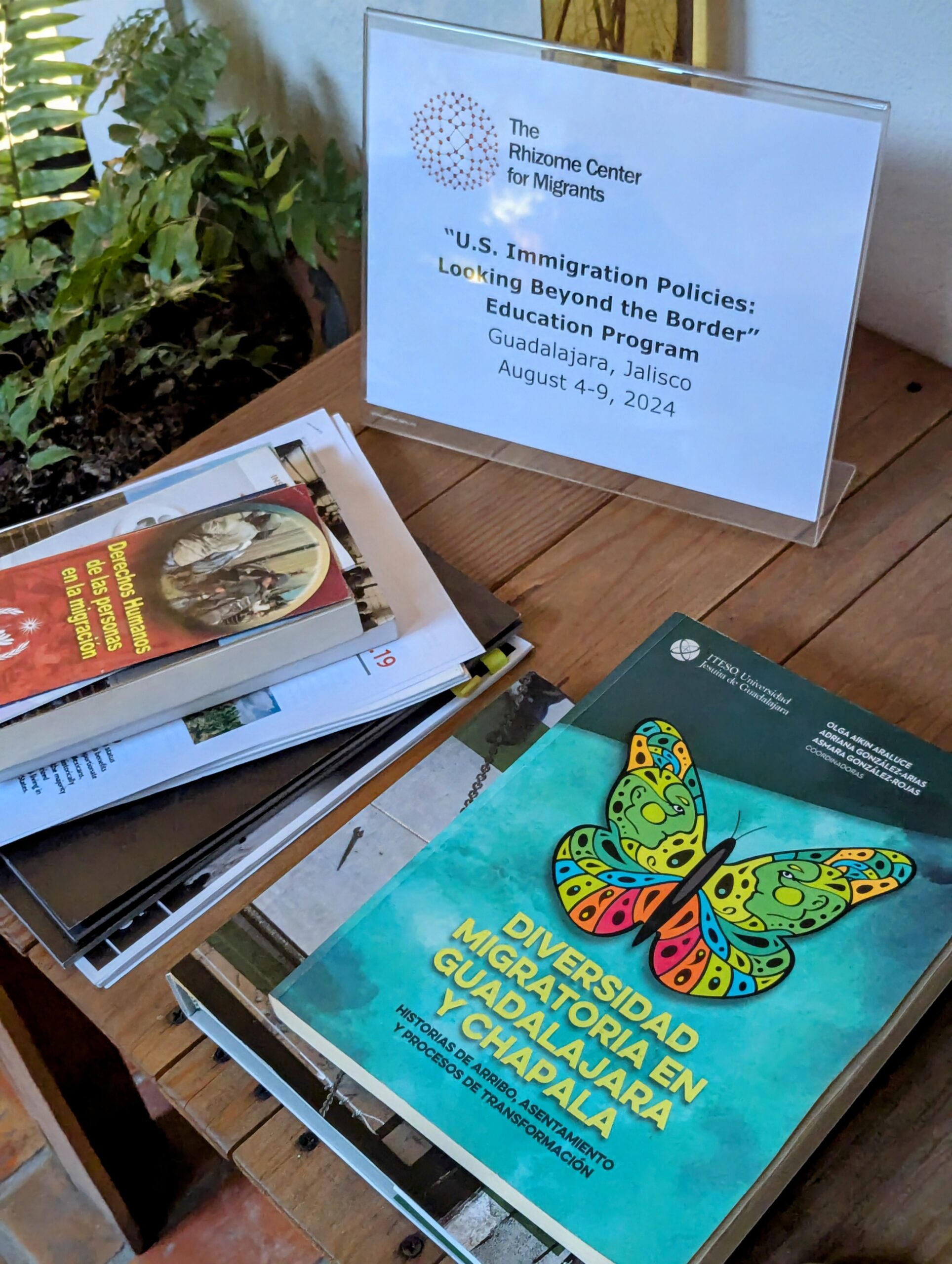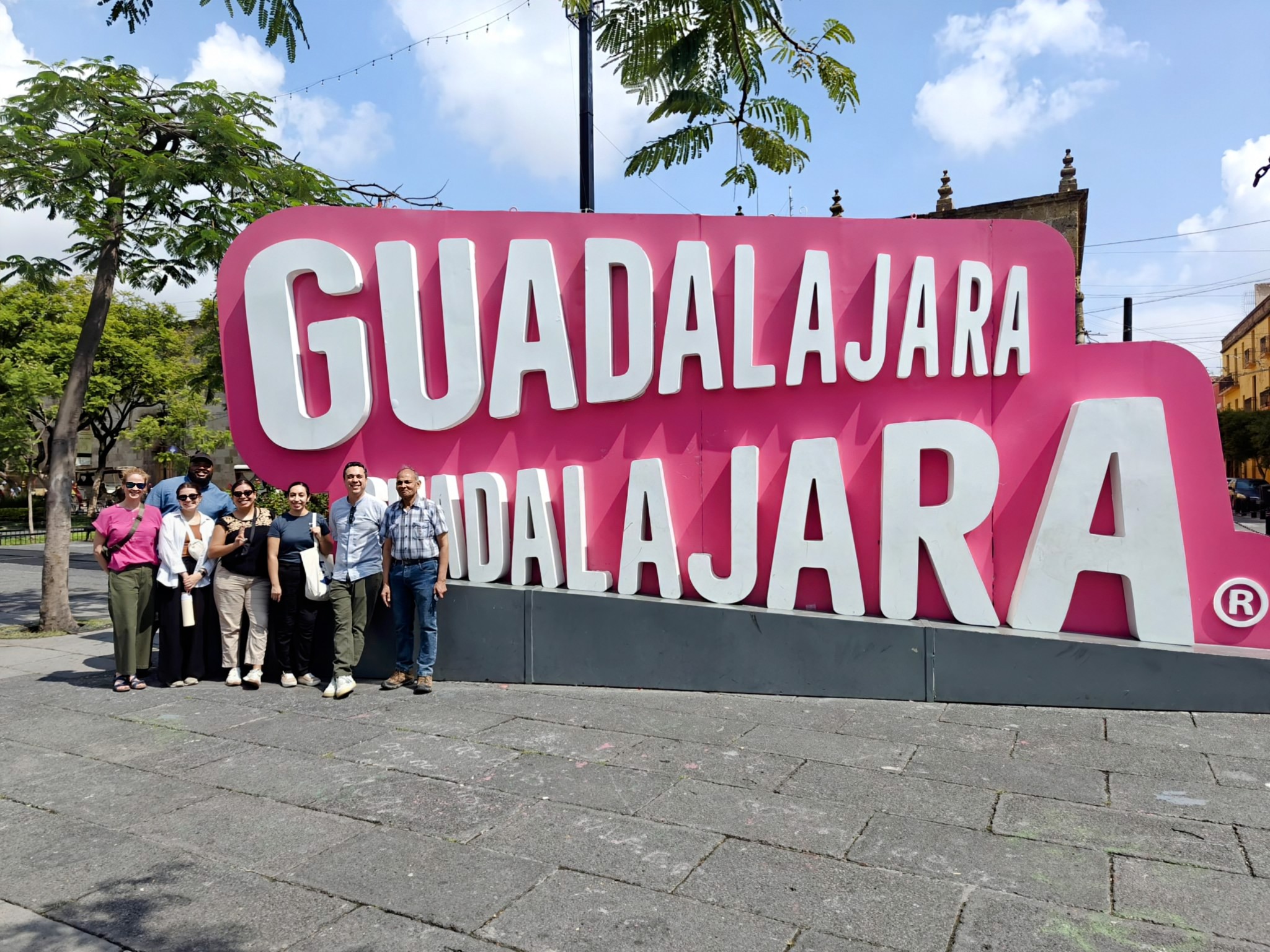The Rhizome Center for Migrants hosts a one-week immersive learning experience in Guadalajara, Mexico. I am part of the 10th immigration learning group cohort in attendance with some brilliant immigration professionals including an immigration law professor, an immigration communications professional, and talented law students. It is nearly the end of my week and I have already experienced much of the local culture in addition to learning directly from religious leaders, local activists, government officials, attorneys, academics, and migration experts.
As human mobility increases due to various intersectional factors, the role that Mexico plays in immigration enforcement and regularization is indeed one of many sombreros. For instance, Mexico has become a country of transit, a country of expulsion, a country that receives deportees, and it’s increasingly becoming a country of destination as well. Indeed, Guadalajara is a mighty metropolitan area that has become a place for people in mobility to commence a new stage of their lives.
A Glimpse of Mexico’s Immigration Mechanisms
In Mexico, the legal framework for regularizing people in mobility is grounded in Article 1 of the Political Constitution of the United Mexican States which entitles all individuals to human rights found in this constitution, and in any international treaties that Mexico has signed. Mexico has signed onto the Cartagena Declaration on Refugees which has a broad definition for refugee qualifications. Additionally, one step further, the Mexican Constitution obligates all authorities and agencies in the country to guarantee these human rights.
The agencies in charge of carrying out the mandates of the Mexican Constitution in assisting with the regularization of people in mobility are several and each play a different role. Such federal agencies are: The Mexican Commission for Refugee Assistance (COMAR), the National Institute of Migration (INM), along with assistance from international organizations like the United Nations High Commissioner for Refugees (UNHCR), and oversight from Mexico’s National Human Rights Commission (CNDH).
Although in theory, Mexico has a broad definition for refugees and a process for applying to become regularized, the reality on the ground is much different. With such a broad refugee definition there can be a discretionary but inconsistent manner of applying the standards. As such, human rights violations still occur and access to justice is a privilege since money is a necessity to cover costs for tribunal processes. A lack of funding seems to also be a common theme for some federal agencies who are overwhelmed and understaffed. Aside from federal agencies, there are local nongovernmental organizations and shelters that play a significant role in providing for the humanitarian needs of people in mobility.
“Every migrant who arrives is a Christ for us”
We have visited a handful of shelters and local organizations that provide services to people on the move and I have recognized similar hurdles to that of local shelters and organizations in the Rio Grande Valley. Like Mexico, (and in some cases Guadalajara) the Valley is often seen as a transit place for migrants who arrive there initially, but ultimately continue their journey onwards. In Guadalajara, many of the shelters and local organizations are not government funded and instead are supported through donations and fundraising just like many shelters and local organizations in the Valley. Despite the funding challenges of these organizations and shelters they still miraculously provide and step up when governments fail to do so.
“Para los pobres de los pobres” (“for the poor from the poor”) these are the words Father Alberto Ruiz used to describe funding for El Refugio Casa del Migrante a shelter that he directs in Tlaquepaque, Jalisco just south of Guadalajara. He recounts the time of the migrant caravans and how this shelter was able to provide food and services for 2,000 people. He discloses that the reason they were able to do this was because members of the community showed up and volunteered to house migrants in their own homes. Father Ruiz described it as “each house in the neighborhood became a shelter in this community.” He attributes the unique garnered support this community has for its fellow migrants to God and to the previous priest who never faltered to also feed the Mexicans in need.
Father Ruiz is an architect and seems to have various projects at hand. One of them is a new shelter named Casa San Jose that will house women and children who are on the move. This shelter will be like no other in that he plans to build chicken houses and a rabbit farm as a means to provide work for its residents. The shelter will also have a daycare center along with a luscious garden filled with fruit trees. Unfortunately, it is concerning but not shocking that no government entity has provided funding for the construction of this new shelter. Regardless of the lack of funding, Father Ruiz’s calling for serving people in mobility is overwhelmingly clear as he states: “every migrant who arrives is a Christ for us.”

